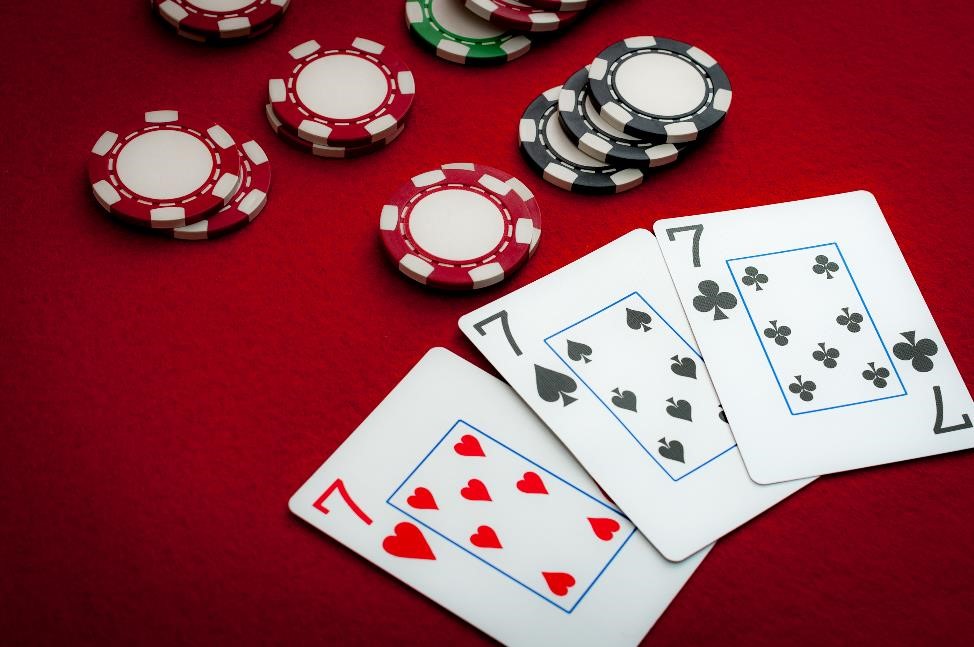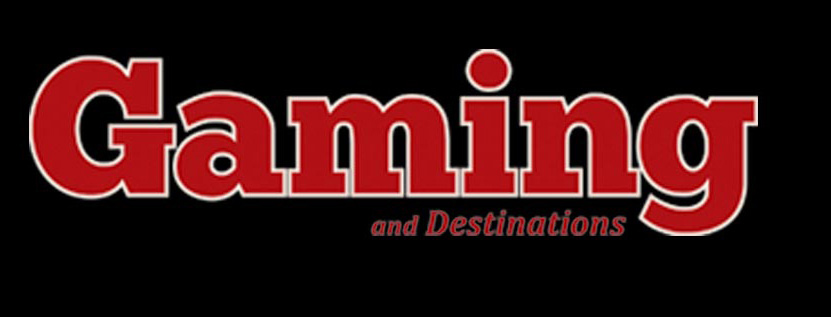

Three Card Poker and Mississippi Stud Poker are two of the hottest table games around. Their popularity doesn’t challenge long time player favorites blackjack and craps, but in some states they draw more players than baccarat or even roulette.
HOW GOOD IS YOUR SHOT TO WIN AT THOSE GAMES? WHAT IS THE HOUSE EDGE?
Those are questions that need to be answered in multiple steps, because both are games with more than one round of betting.The house edge can be expressed as a percentage of the ante that starts either game, or it can be expressed as a percentage of the average total wager, once subsequent bets are considered.Some people refer to these as “house edge vs. the ante” and “house edge vs. total action.”
At wizardofodds.com, Michael Shackelford refers to first as the house edge and the second as the “element of risk.”Both figures are useful. They just tell us different things about the games.Let’s take Three Card Poker first, since it’s the game that has been around longer. It offers both an ante-play option and a Pair Plus option.It’s the ante-play portion that concerns us here, because it has multi-stage betting and a house edge that can be expressed in different ways.In that portion of the game, you’re trying to beat the dealer. You open with an ante. After you see your three cards, you may either fold or stay in the hand by making an additional bet equal to your ante.If you stay, there are three possible outcomes:
**The dealer does not have a qualifying hand of a Queen or better. When that happens, your ante is paid at even money and your second bet is returned to you.
**The dealer does have a Queen or better and a hand that outranks yours. You lose both ante and bet.
**The dealer has a Queen or better and your hand outranks his. You win even money on both ante and bet. In addition, you are paid an ante bonus of 5-1 if you have a straight flush, 4-1 with three of a kind or even money with a flush.
WHAT ABOUT THE HOUSE EDGE? IF YOU PLAY THE BASIC STRATEGY MAKING THE ADDITIONAL BET WHENEVER
YOU HAVE QUEEN-6-4 OR BETTER, THE EDGE IS 3.37 PERCENT OF THE ANTE OR 2.01 PERCENT OF TOTAL ACTION.
The house edge vs. the ante give you a baseline on the average cost per hand. If we assume a $10 ante, that average
loss is 33.7 cents. But once the second bet is factored in, your average total wager is about $16.77. The average loss remains 33.7 cents per hand, or 2.01 percent of your total action. A couple of things of note: Players need to understand that the ante isn’t the end of the bet. If you ante $10, you’re not a $10 player. You’re nearly a $17 player. And the 2.01 percent house edge
on total action gives us a good comparison to other games. It’s not quite as good as the 1.52 percent edge on placing 6 or 8 in craps, but better than the 5.26 at most double-zero roulette bets. An interesting case is single-zero roulette. The 2.7 percent edge is lower than Three Card Poker’s house edge on the ante, but higher than the edge on total action. For equivalent-sized
total wagers, your average outcome will be better in Three Card Poker.
WHAT ABOUT MISSISSIPPI
STUD?
The situation is more complex in that there are three rounds of betting after the ante. You get two cards face down and three community cards are dealt. After you look at your cards, you may bet one, two or three times the ante. You have the same opportunity after the first community card is exposed, and again after the second community card.
At any step, if you do not bet, you fold and lose what you’ve wagered to that point.
There is no dealer hand to beat. You’re paid according to a pay table that starts at getting your money back on a pair of 6s or better and runs up to 500-1 for a royal flush. The possibility of making 3x bets three times, in addition to the ante, means you can wind up with a total wager of 10 times your ante. In fact, that’s exactly what should happen any time your first two cards are a pair of 6s or better. You’re in a can’t-lose situation and should make the maximum bets all the way through to the end.
So if you start with a $10 ante and have favorable cards from the start, you’ll add three $30 bets for a total of $100.
Strategy is lengthy because it must be divided into three parts because there are three different optional betting points.
Let’s look at a sample of how strategy works after you’ve seen your first two cards. You start by assigning points to card
denominations. Deuces, 3s, 4s and 5s bring no payoff if paired up, so for strategy purposes, those are zero-point cards. One-point cards are 6s, 7s, 8s, 9s and 10s — the cards that will get your money back if paired. Pairs of Jacks, Queens, Kings and Aces bring 1-1 payoffs, so faces and Aces are twopoint cards. Then, after you’ve looked at your cards, optimal play is to wager 3x your ante if you have a pair of 6s or better and to bet 1x your ante if you have at least two points in the hand or have two cards of the same suit ranking 6-5 or higher.
There are separate strategies after you’ve seen the first and second community cards:
3x bets after one community card: Any paying hand; three parts of a royal flush; or three parts of a straight flush with either no gaps and 5-6-7 or higher, one gap and at least one high card, or two gaps and at least two high cards.
1x bets after one community card: Any other three suited cards; three parts of a straight 4-5-6 or higher with no gaps or at least two middle or high cards with one gap; or hands with at least three points.
3x bets after two community cards: Any paying hand; any four cards of the same suit; any four consecutive cards, 8-high or better.
1x bets after two community cards: Any other four-card straight, including inside draws; any low pair; at least four points; three middle cards and at least one previous 3x raise. For those who play optimal strategy, the house edge is 4.91 percent. That
may seem high, but players should understand that with the raises at appropriate times, you’ll actually wind up wagering 3.59 times your ante, according to Shackelford’s calculations. For a $10 ante, your average loss is 49.1 cents. But your actual wagering total will average $35.90, with the average loss remaining at 49.1 cents. That’s a house edge vs. total action of
1.37 percent. The house edge vs. the ante looks high, but if you play the game well, you won’t just have an ante at risk.
Keeping in mind your total action and comparing to similar-sized bets on other games, the house edge is lower than the 1.41 percent on craps pass without odds or the 1.52 percent for place bets on 6 or 8, and not far off baccarat’s 1.06 percent on banker and 1.17 percent on player. As with Three Card Poker, the different edges are telling us different things about Mississippi Stud.
House edge against the ante tells us the average loss per hand. House edge against total action is better at evaluating shot to win as compared to other games. Use that information with the understanding that the ante is just the beginning of your total action.
By: John Grochoiwshi
